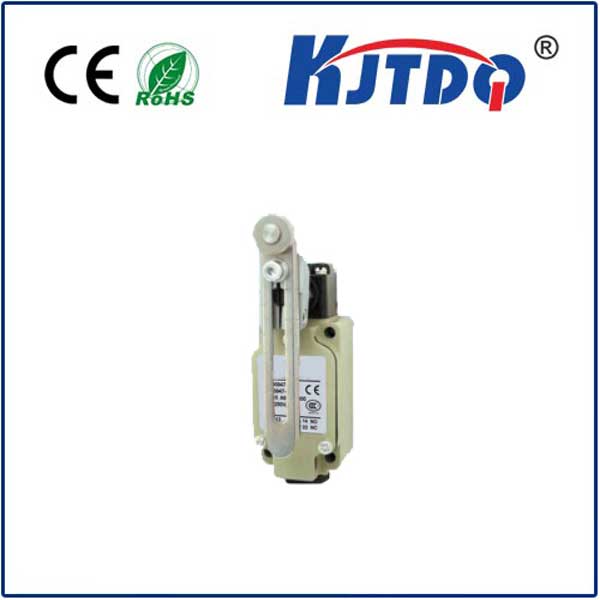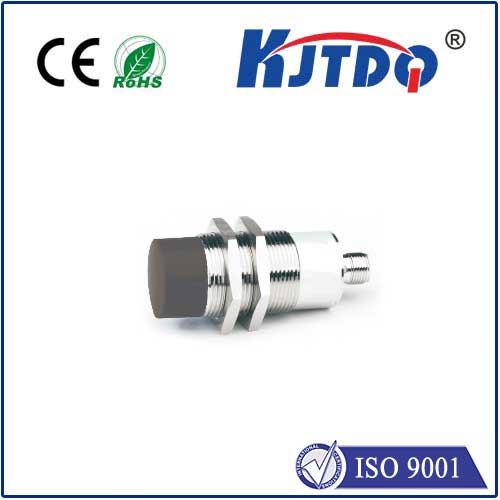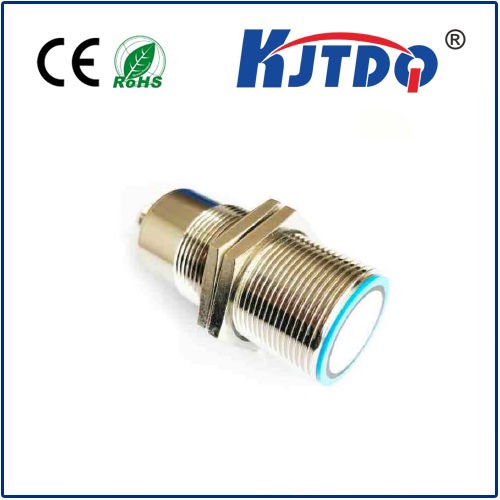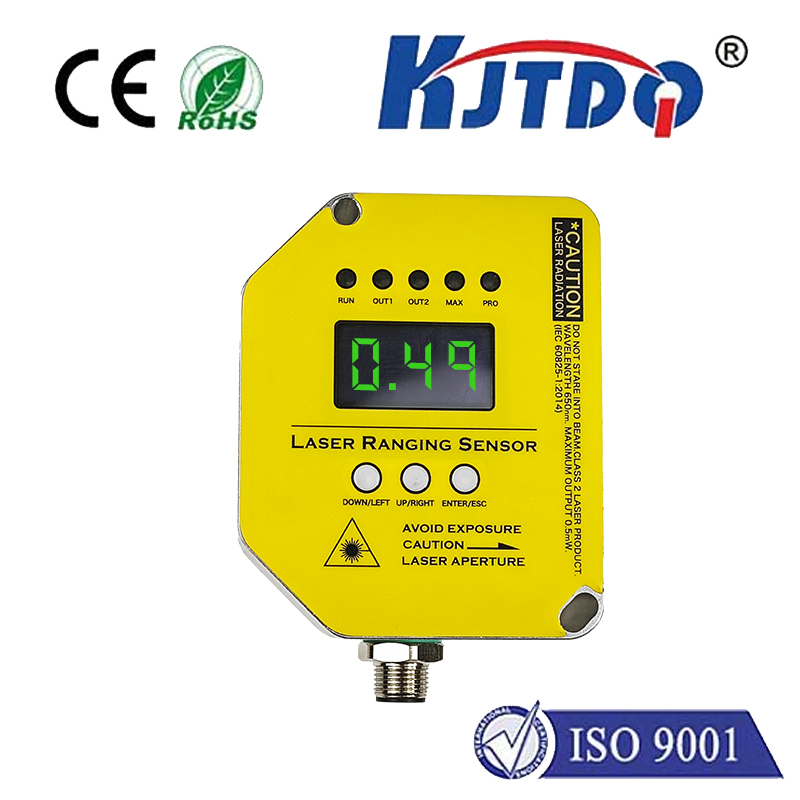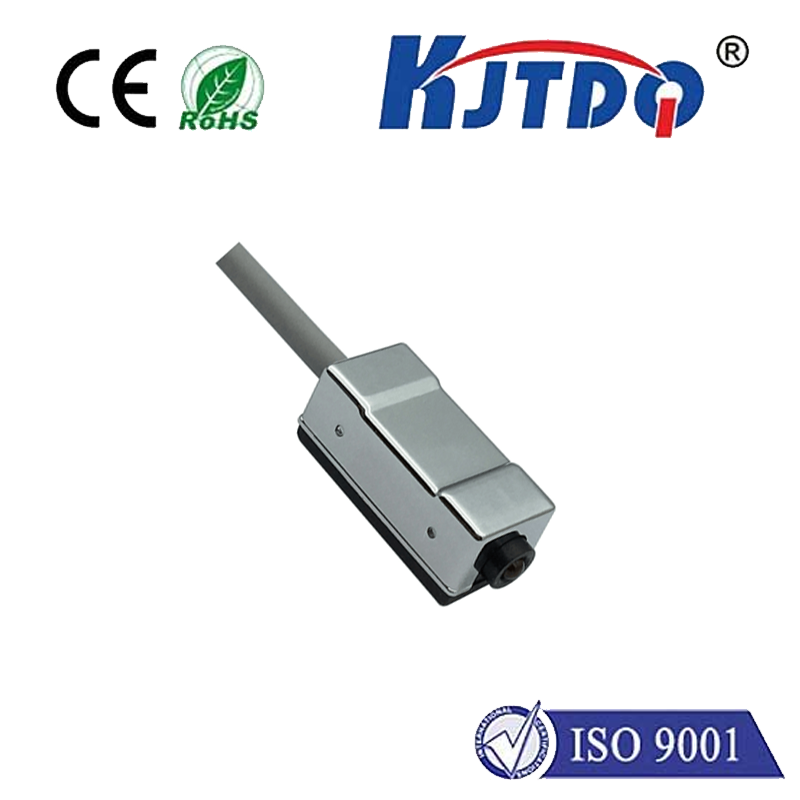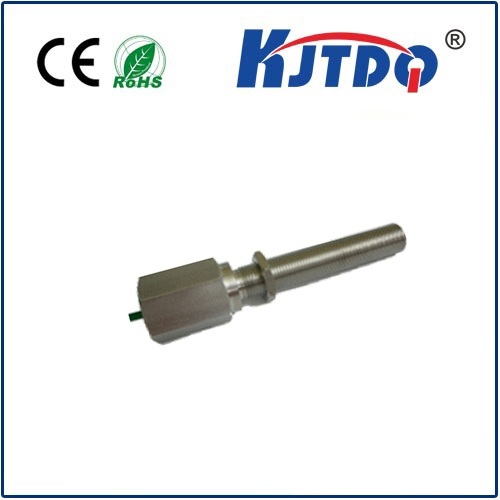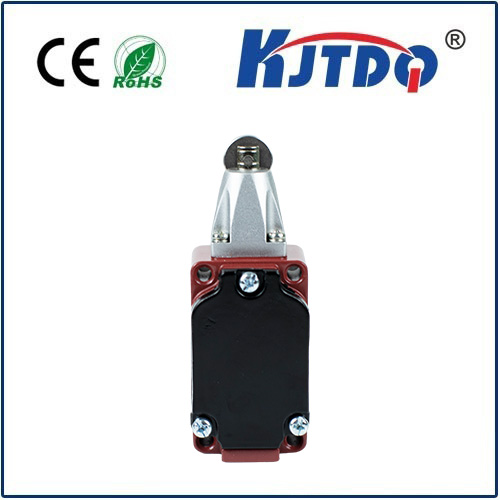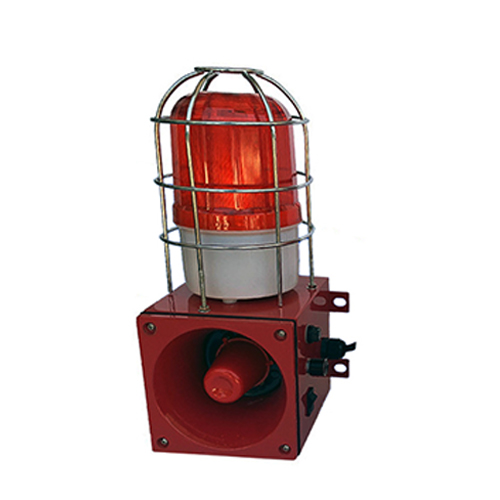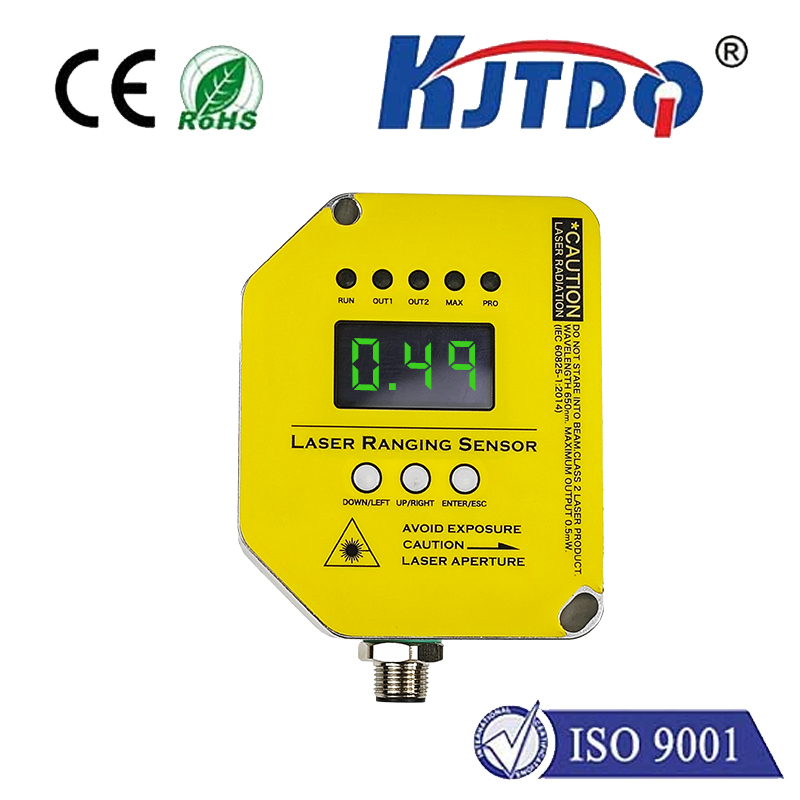Роликовый выключатель
- time:2025-08-03 01:30:56
- Нажмите:0
Roller Switch: The Robust Solution for Precise Positioning & Limit Control
Imagine a highly automated factory floor. Massive conveyor belts rumble, robotic arms dance with precision, and packages whiz by at dizzying speeds. Ensuring everything operates smoothly and safely, especially at critical start and stop points, demands absolute reliability. This is where the Роликовый выключатель, a specific and vital type of ограничительный переключатель, steps into the spotlight. Far more than a simple button, this electromechanical workhorse is engineered for accuracy and endurance in demanding environments.
Understanding the Roller Switch Core Mechanism
At its heart, a roller switch is a прецизионный ограничитель incorporating a lever arm tipped with a free-rotating roller bearing instead of a simple plunger or plain lever head. This seemingly small modification unlocks significant advantages. When an object – be it a cam on a machine shaft, the edge of a moving platform, or a product on a conveyor – comes into contact with the roller, it initiates the switch action.
The key innovation lies in the roller itself. Its ability to rotate dramatically reduces friction as the target object moves against it. This offers two crucial benefits:

- Reduced Wear and Tear: Less friction translates directly to less wear on both the switch actuator and the triggering object, significantly extending operational life, especially in high-cycle-rate applications.
- Gentler Operation: The rolling contact provides a smoother engagement, minimizing impact shock and reducing the likelihood of damaging delicate objects or causing misalignment of the switch or the triggering mechanism.
Where Roller Swines Reign Supreme: Core Applications
Roller switches are the go-to solution in scenarios demanding repeatable accuracy and robust performance:
- Conveyor Systems: The quintessential application. Roller switches provide reliable detection at the end of travel or at transfer points, signaling stops, starts, or divert operations for packages, pallets, or materials. They handle the constant wear and tear of passing objects superbly.
- Position Sensing & Machine Automation: Used to detect the precise position of machine components like sliding doors, moving tables, lifts, or robotic arms. The roller design ensures consistent actuation even with slight variations in the target path.
- Material Handling Equipment: Forklifts, automated guided vehicles (AGVs), cranes, and hoists utilize roller switches for travel limits and safety interlocks, preventing overruns and collisions.
- Packaging Machinery: Crucial for timing operations, detecting product presence, and ensuring components are correctly positioned during high-speed packaging processes. Their durability is vital here.
- Industrial Doors & Gates: Provide safe limit control, ensuring doors open fully or close securely without jamming or over-traveling.
- Cams & Mechanical Sequencing: Often paired with cams mounted on rotating shafts to trigger events at specific angular positions within complex machinery sequences. The roller smoothly follows the cam profile.
Choosing the Right Roller Switch: Key Considerations
Selecting the optimal roller switch involves evaluating several critical factors:
- Actuator Force & Travel: How much physical force is required to trip the switch? How far must the roller move before the contacts change state? Precision control demands specific actuation characteristics.
- Electrical Rating: Matching the switch’s voltage and current capacity (both AC and DC) to the load it controls (motors, solenoids, control circuits) is fundamental for safety and performance.
- Environmental Protection (IP Rating): Will the switch face dust, moisture, washdowns, or oil? An appropriate Ingress Protection (IP) rating (e.g., IP65, IP67) is essential for longevity. Robust construction often includes sealed housings.
- Durability & Life Expectancy: Rated in millions of operating cycles. High-cycle applications demand switches built for endurance, often featuring gold-plated contacts for reliability.
- Roller Type and Material: Rollers come in various sizes and materials (steel, plastic, nylon). Size affects leverage and actuation point; material affects wear resistance, noise levels, and suitability for specific environments (e.g., food-safe plastic).
- Electrical Configuration: SPST (Single-Pole, Single-Throw), SPDT (Single-Pole, Double-Throw), NO (Normally Open), NC (Normally Closed) – choosing the right contact arrangement for the control logic is vital. SPDT offers the most flexibility.
Advantages Over Other Actuators: Why Roller?
Compared to other ограничительный переключатель actuator types, roller switches offer distinct advantages:
- vs. Plunger: Plungers require direct, perpendicular force. Rollers handle linear motion along their axis of travel much better, ideal for objects sliding past (like conveyors). They exert less lateral stress on the triggering object.
- vs. Wobble Stick / Flex Rod: While excellent for wide-area detection, wobble sticks lack the precise positioning accuracy of a roller. Rollers offer a more defined actuation point.
- vs. Lever (Plain): The rolling action drastically reduces friction and wear compared to a non-rolling lever dragging against the target. This is the primary benefit driving roller switch selection.
- vs. Cable Pull: Cable pulls cover large areas but involve complex mechanisms and potential for cable stretch or failure. Rollers offer a simpler, more direct mechanical solution for localized position detection.
Ensuring Long-Term Reliability
Proper installation and maintenance are paramount. Mount the switch securely to prevent vibration-induced movement. Ensure the triggering object contacts the roller squarely and within its designed travel range to avoid premature damage. Periodically inspect the roller for free rotation, signs of wear (flat spots, cracks), and overall switch condition. Choosing a switch well-suited to its environment drastically reduces maintenance needs.
The roller switch exemplifies elegant engineering: a simple concept – adding a wheel – that profoundly enhances reliability and precision in industrial control. Its ability to withstand repeated actuation with minimal friction makes it indispensable for critical positioning, safety interlocks, and process control across countless sectors. From keeping giant conveyors synchronized to ensuring robotic cells operate within safe boundaries, this resilient component silently and effectively forms the backbone of dependable automation. When durability and repeatable actuation are non-negotiable, the roller switch is often the smartest choice.

